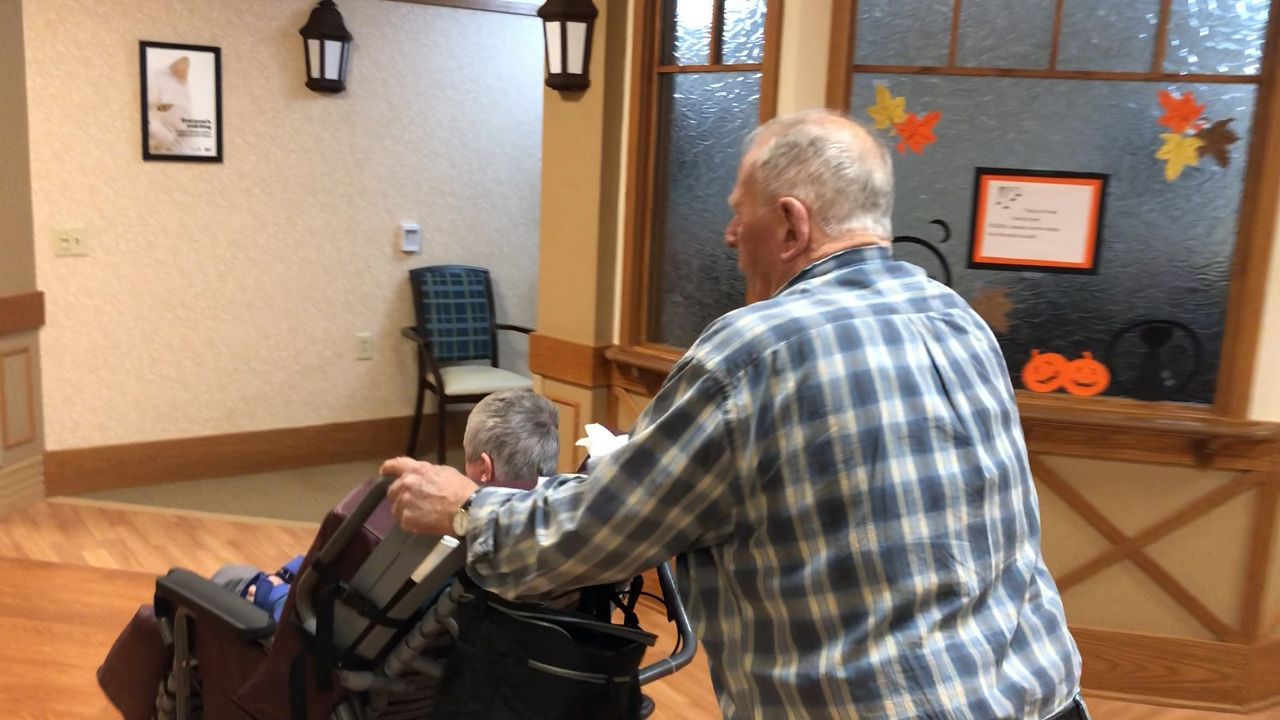Caring for an older friend, parent, relative or neighbor is becoming increasingly pervasive, especially in states like New York where the population is older than the national average.
State officials on Monday highlighted an effort to highlight the needs of unpaid caregivers and the increasing challenges they face, especially in the workplace.
The state released a 32-page guide for employers to help them support working caregivers. At the same time, the Hochul administration released a survey asking state workers to provide their experiences on balancing their jobs with caregiving requirements.
Private-sector employers are also being encouraged to survey their workers on the issue.
Early results of the state worker survey show more than half of those polled care for at least one person; more than a third assist a person at least 22 hours a week or more.
"In addition to making historic investments to expand our long-term care workforce, I am excited to be giving back to the more than four million unpaid caregivers who have already dedicated their time and energy to caring for loved ones," Gov. Kathy Hochul said. "By recognizing this work as the valuable and crucial caregiving it is, individuals can better connect with the many state and local resources and supports specific to their needs."
Caregiving has been thrust into the spotlight in part by the so-called "sandwich generation" of aging parents and their middle-aged children who are balancing work, family life and the needs of caring for an older loved one.
It's estimated by state officials there are more than four million caregivers doing unpaid work in New York for someone who has a chronic condition or facing a medical challenge. That can include bringing them to a medical appointment, helping them take a bath or dress as well as shopping help or meal preparation.
It can also include more basic tasks like lawn mowing or shoveling snow.
AARP projects services provided by caregivers in New York would cost about $32 billion a year. Businesses across the country lose about $33.6 billion a year in caregiver-related turnover or absenteeism as well as loss of productivity, Hochul's office said.
It can lead to workers choosing to forgo promotions or scaling back their hours to part-time work. Nationally, about one in six workers in the U.S. is a caregiver for a relative or friend providing more than 20 hours per week of some form of care.
"For many New Yorkers, clocking out of their place of employment is far from the end of their workday," said Labor Commissioner Roberta Reardon. "When these New Yorkers get home, they continue to provide care to a loved one, without pay. The strain of domestic labor can take a heavy physical and emotional toll on caregivers."
New York has range of assistance for caregivers, including a paid family leave program and paid sick leave laws.
The AARP has urged more, including the creation of a tax credit meant to benefit caregivers in New York. It would provide a credit of up to $3,500 or half of eligible expenses for single filers with a gross income of $75,000 or less or couples earning $150,000 or less.
